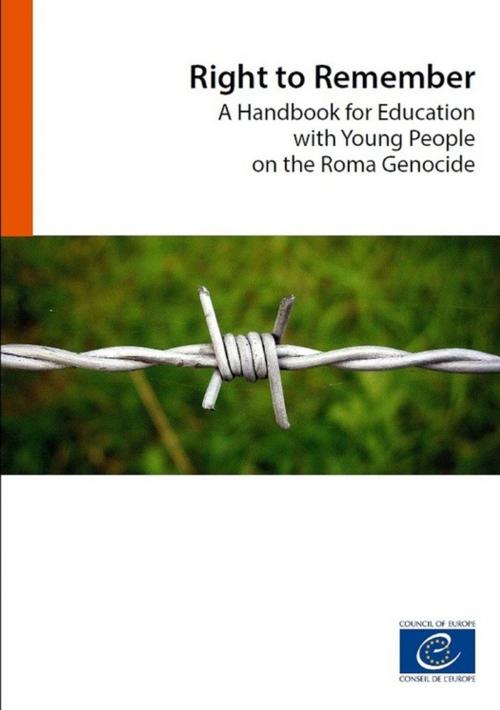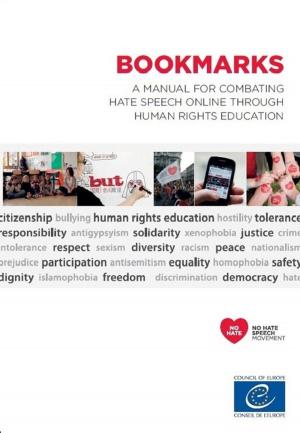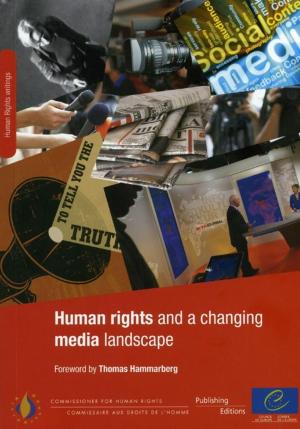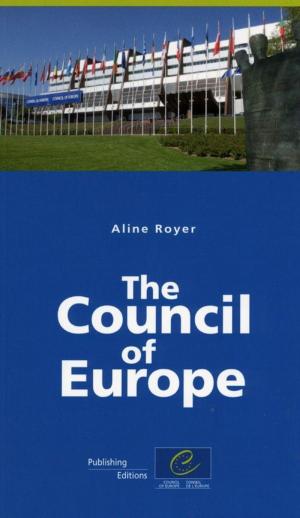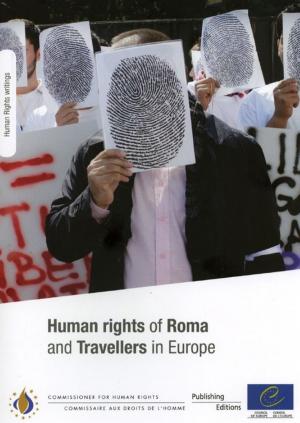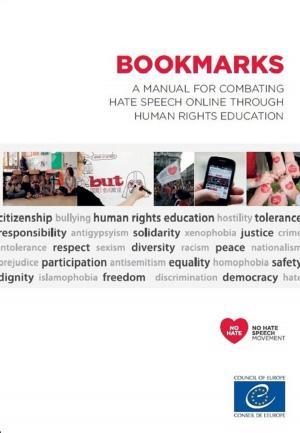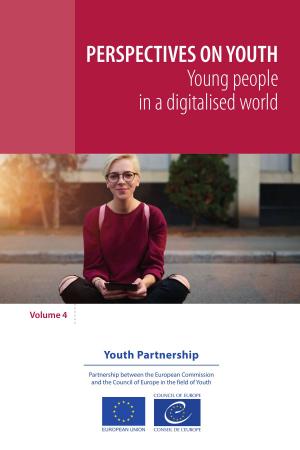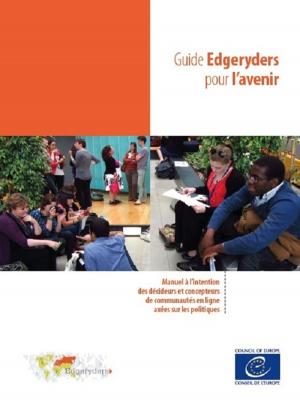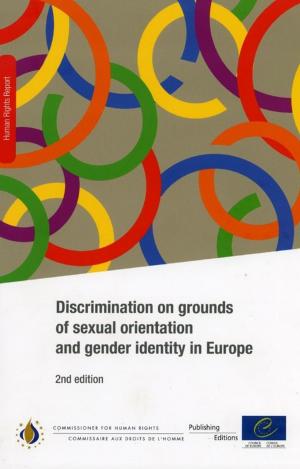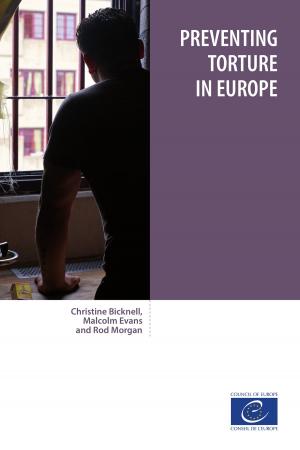Right to Remember - A Handbook for Education with Young People on the Roma Genocide
Nonfiction, Social & Cultural Studies, Political Science| Author: | Collectif | ISBN: | 9789287179685 |
| Publisher: | Conseil de l'Europe | Publication: | January 1, 2014 |
| Imprint: | Conseil de l'Europe | Language: | English |
| Author: | Collectif |
| ISBN: | 9789287179685 |
| Publisher: | Conseil de l'Europe |
| Publication: | January 1, 2014 |
| Imprint: | Conseil de l'Europe |
| Language: | English |
Right to Remember is a self-contained educational resource for all those wishing to promote a deeper awareness of the Roma Genocide and combat discrimination. The handbook is based on the principles of human rights education, and places remembrance as an aspect of learning about, through and for human rights.
Strengthening the identity of Roma young people is a priority for the Roma Youth Action Plan of the Council of Europe. This implies the creation of an environment where they can grow up free from discrimination and confident about their identity and future perspectives, while appreciating their history and their plural cultural backgrounds and affiliations.
The Roma Genocide carried out before and during the Second World War has deeply impacted on Roma communities across Europe and plays a central role in understanding the prevailing antigypsyim and discrimination against Roma. Learning about the Genocide is very important for all young people. For Roma young people it is also a way to understand what was perpetrated against their communities, and to help them to com to terms with their identity and situation today.
Involving young people, including Roma youth, in researching, discussing and discovering the meanings of the Roma Genocide is a way to involve them as agents and actors in their own understanding of human rights and of history.
Right to Remember includes educational activities, as well as ideas for commemoration events, and information about the Genocide and its relevance to the situation of the Roma people today. It has been designed primarily for youth workers in non-formal settings, but it will be useful for anyone working in education, including in schools.
Right to Remember is a self-contained educational resource for all those wishing to promote a deeper awareness of the Roma Genocide and combat discrimination. The handbook is based on the principles of human rights education, and places remembrance as an aspect of learning about, through and for human rights.
Strengthening the identity of Roma young people is a priority for the Roma Youth Action Plan of the Council of Europe. This implies the creation of an environment where they can grow up free from discrimination and confident about their identity and future perspectives, while appreciating their history and their plural cultural backgrounds and affiliations.
The Roma Genocide carried out before and during the Second World War has deeply impacted on Roma communities across Europe and plays a central role in understanding the prevailing antigypsyim and discrimination against Roma. Learning about the Genocide is very important for all young people. For Roma young people it is also a way to understand what was perpetrated against their communities, and to help them to com to terms with their identity and situation today.
Involving young people, including Roma youth, in researching, discussing and discovering the meanings of the Roma Genocide is a way to involve them as agents and actors in their own understanding of human rights and of history.
Right to Remember includes educational activities, as well as ideas for commemoration events, and information about the Genocide and its relevance to the situation of the Roma people today. It has been designed primarily for youth workers in non-formal settings, but it will be useful for anyone working in education, including in schools.
